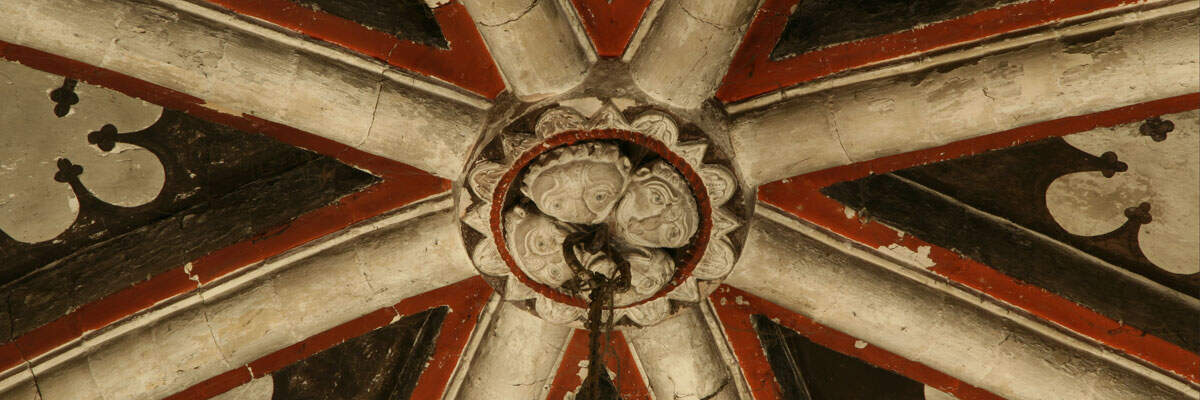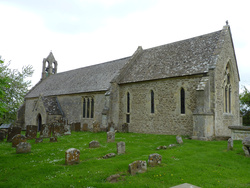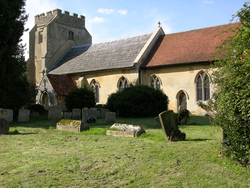
The Corpus of ROMANESQUE SCULPTURE in Britain & Ireland

St Thomas of Canterbury (medieval)
Parish church
The village of Elsfield is located on a rural escarpment 3 miles NE of Oxford, outside the ring road. A church existed here by 1122, or perhaps earlier. The present church of St Thomas of Canterbury now comprises a chancel, nave with S porch, and a 19thc bellcote on the W gable. It was largely rebuilt in the 13thc. There was once a N aisle, whose blocked arches were visible in the N wall until restorations of 1849 and 1859. The earliest surviving Romanesque feature is the chancel arch of c. 1170-80, with high quality decorated responds. There is also a plain Romanesque font.
Parish church
Whepstead stands on a low hill in the largely arable farmland of W Suffolk, some four miles S of the centre of Bury St Edmunds. The village is small, consisting of a few houses with outlying farms along the B1066 and its side roads; the church is on one of these minor roads W of the village centre. St Petronilla's has a nave, chancel and W tower. All windows of the nave and chancel are Y- or intersecting tracery ofc.1300, or other early 14thc. forms. The N and S nave doorways are 13thc.; the S under a knapped flint 19thc. porch, and the N now giving access from the church to a vestry. The nave is broad and bright, with a chancel arch having 12thc. jambs and a round head decorated with 19thc. neo-Romanesque chevron. There is a S rood stair set in the E reveal of the easternmost nave window. A scar on the E wall of the tower shows that the nave was originally taller. The 15thc. tower arch is tall and four-centred and a wooden gallery has been erected halfway up it. The tower is 15thc. too, and was repaired in 1582 (date on buttress). It has very broad E buttresses with a stair turret set in the angle of the SE buttress, diagonal W buttresses and an embattled parapet. It was apparently taller when built, and certainly had a spire but a storm in 1658 brought the spire down, and the battlements postdate that collapse. The church is entirely mortar rendered except for the S porch, the chancel E wall and the parapet of the tower, all of flint. The only Romanesque sculpture is found on the chancel arch.

